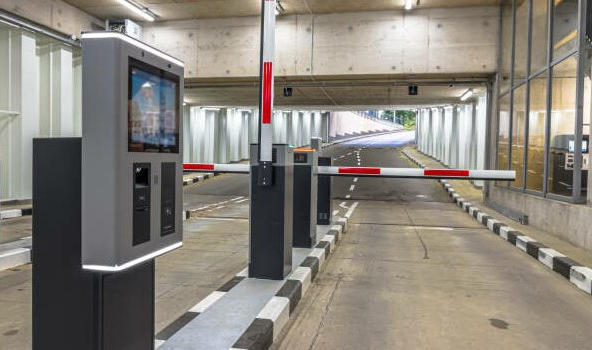In the realm of facility management, the integration of Building Automation Systems (BAS) has emerged as a transformative force, reshaping how buildings are managed and operated. “Building Automation Systems in Facility Management” serves as a comprehensive exploration of the role, benefits, and implementation of BAS in optimizing facility operations. This blog will delve into three critical subheadings: Understanding BAS and Its Components, Advantages of BAS Implementation, and Best Practices for Implementing and Maintaining BAS. By navigating these topics, facility managers can harness the power of building automation to enhance efficiency, reduce operational costs, and improve occupant comfort.
Understanding BAS and Its Components
Building Automation Systems comprise a network of interconnected devices and systems designed to monitor, control, and optimize building functions. This section will provide an in-depth understanding of the key components of BAS, including sensors, actuators, controllers, and the central management software. Facility managers will gain insights into the functionalities of BAS components, such as HVAC systems, lighting, security, and energy management. The blog will elucidate the importance of a well-designed BAS architecture tailored to the specific needs of each facility.
Advantages of BAS Implementation
Implementing a Building Automation System brings forth a myriad of advantages for facility managers. This section will explore the tangible benefits, including energy efficiency, cost savings, and improved occupant comfort. Facility managers will learn how BAS facilitates real-time monitoring and data analytics, enabling proactive decision-making to enhance overall building performance. The blog will showcase case studies highlighting successful BAS implementations, illustrating how organizations have achieved significant improvements in operational efficiency and sustainability through the integration of building automation.
Best Practices for Implementing and Maintaining BAS
While the benefits of BAS are evident, successful implementation requires careful planning and maintenance. This section will provide best practices for the seamless integration of BAS into existing facility management frameworks. Facility managers will gain insights into key considerations such as system compatibility, scalability, and cybersecurity. Additionally, the blog will address ongoing maintenance strategies, emphasizing the importance of regular updates, system audits, and staff training to ensure the continued effectiveness and security of the building automation infrastructure.
“Building Automation Systems in Facility Management” serves as a guide for facility managers seeking to harness the full potential of building automation for enhanced operational efficiency. By understanding the components of BAS, recognizing its advantages, and implementing best practices for integration and maintenance, facility managers can unlock a new era of smart, responsive, and sustainable facility management. This blog aims to inspire facility managers to embrace building automation as a strategic asset, driving improvements in efficiency, sustainability, and occupant satisfaction within their facilities.




